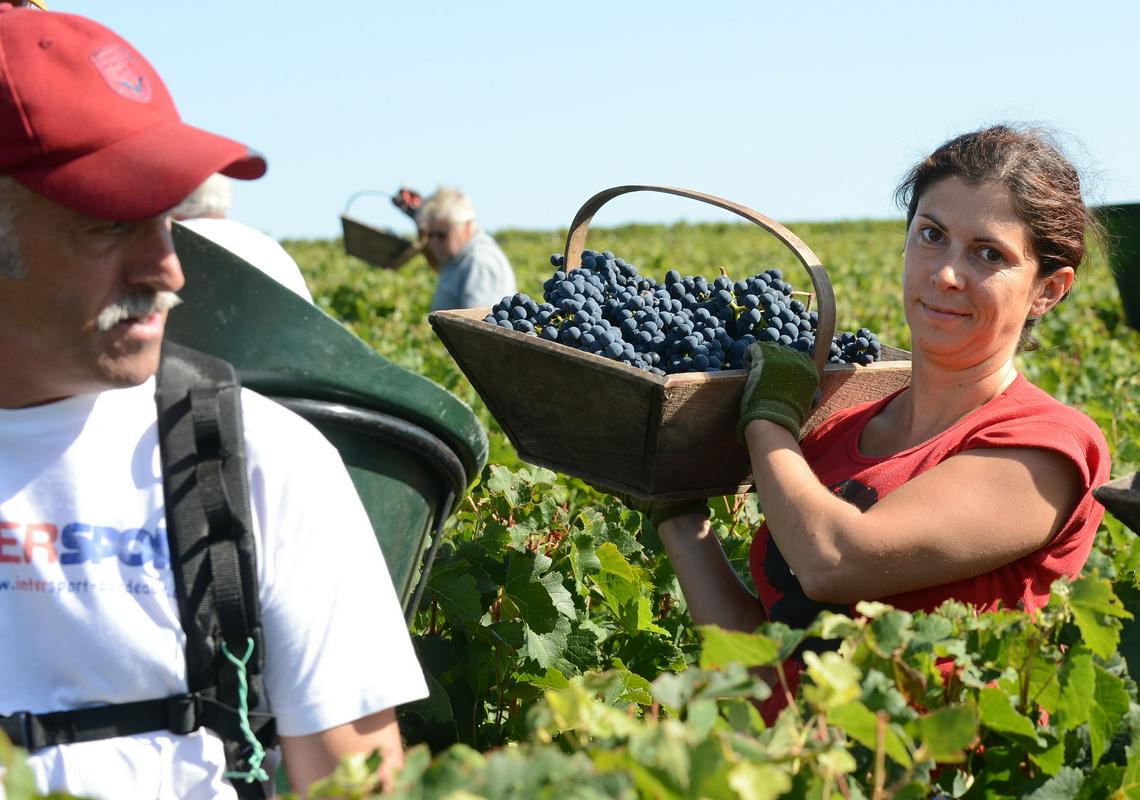

In the coming decades climate change will also affect wine made in specific regions. Without systemic solutions for irrigation, Slovenia's wine culture will also be brought under question.
Climatologist and wine expert Antonio Busalacchi from the University of Maryland (USA) warns: "In all regions they will begin to notice changes in the levels of alcohol, acidity, sugar, tannin and colour of wine." He emphasizes that when recording climate change one has to take into account a longer time period, as one good year doesn't really mean anything.
He says it's clear that changes are occurring and warns winegrowers and winemakers to act fast. "We have to take into account that most vines can give grapes for 25 to 50 years. That means that a winegrower has to think ahead about what he's going to plant, where he's going to plant, and how he's going to manage the vineyards," advises Mr. Busalacchi, the head of the Interdisciplinary Research Center at the University of Maryland.
Slovenia: fewer grapes, but better quality
"Climate change most definitely has an influence on the quality of grapes. However we also cannot neglect the influence of the more modern breeding forms of vines and the lower yields that vines produce (low yielding vines)," is how Bruno Gaberšek from the Slovenian Winemakers and Winegrowers Association answered MMC's question on whether climate change affects the quality of Slovenian wine.
Similar to Mr. Busalacchi, he also stressed that everything changes when winegrowers put quality as a priority: "The quality level of the grapes has risen substantially in all of the three wine-rich regions of Slovenia, mostly due to the planned reduction of vine yields - lower yields per vine." However he does admit that because of climate change the harvesting period is often moved to earlier in the year: "In recent years some harvesting is also done in the middle of August, especially for the earlier types grapes and grapes used for sparkling wine in the wine region of Primorska."
"Droughts are most problematic"
"Among all climate events droughts represent the biggest threat to the quality grapes. Hail storms can also be a threat if they come in at the wrong time. But in the last two years droughts have mostly influenced the quality of the grapes. Without systemic solutions for irrigation, and with repeated severe weather events, the future of the majority of winegrowing areas in the country will be brought under question," the Slovenian expert is convinced.

































































